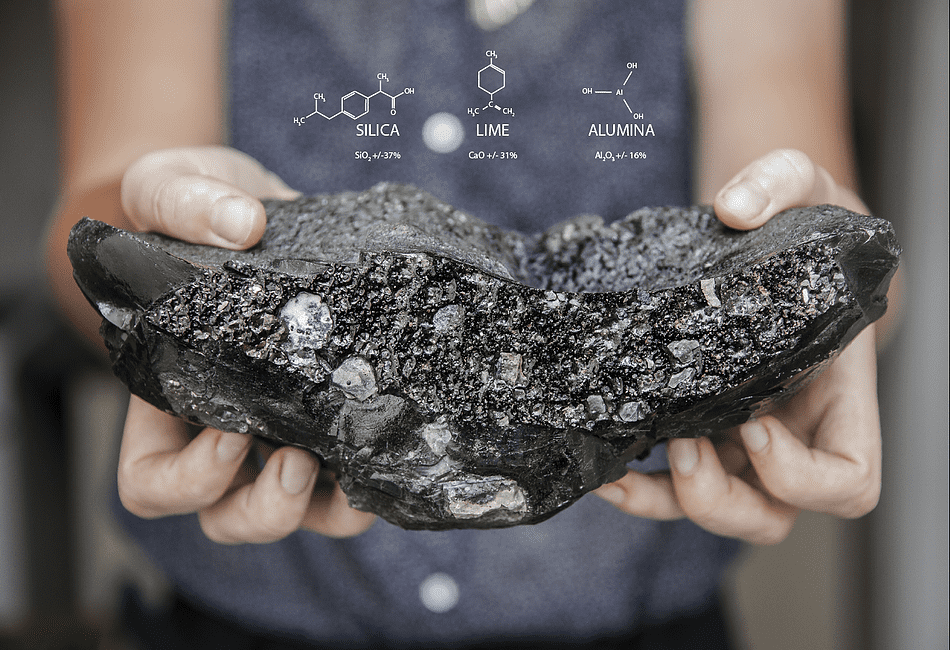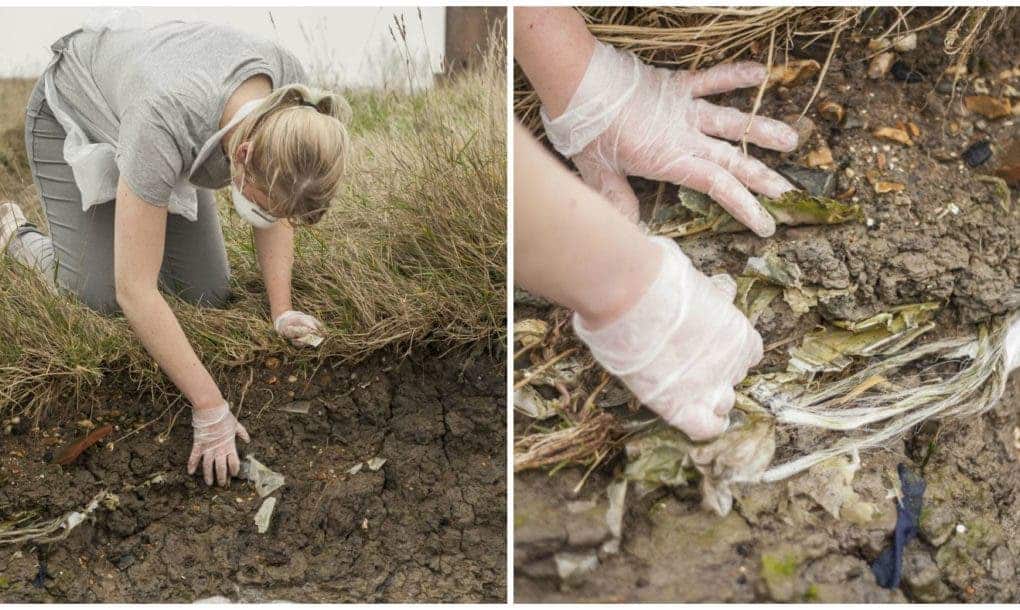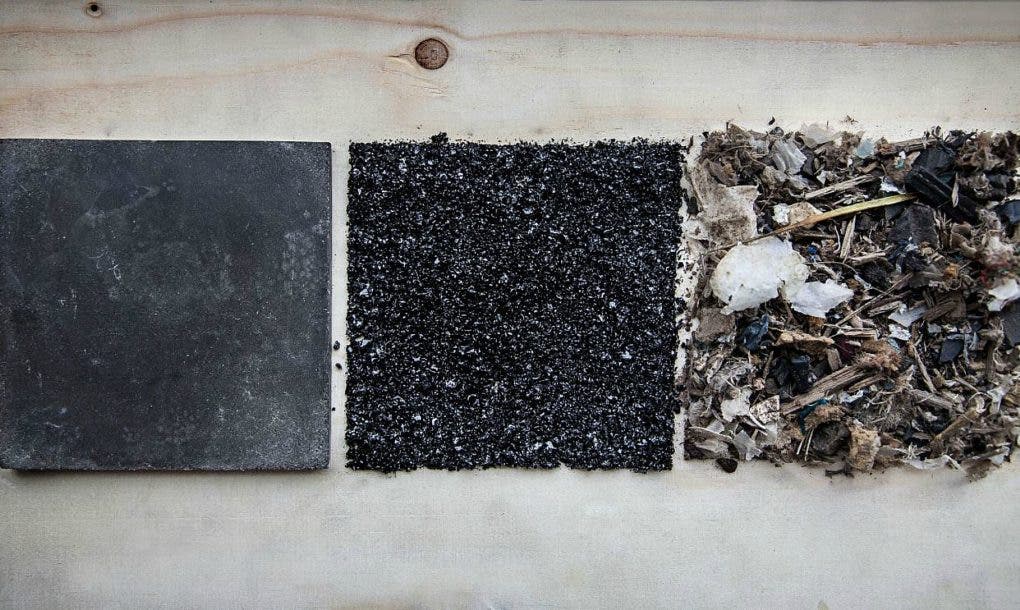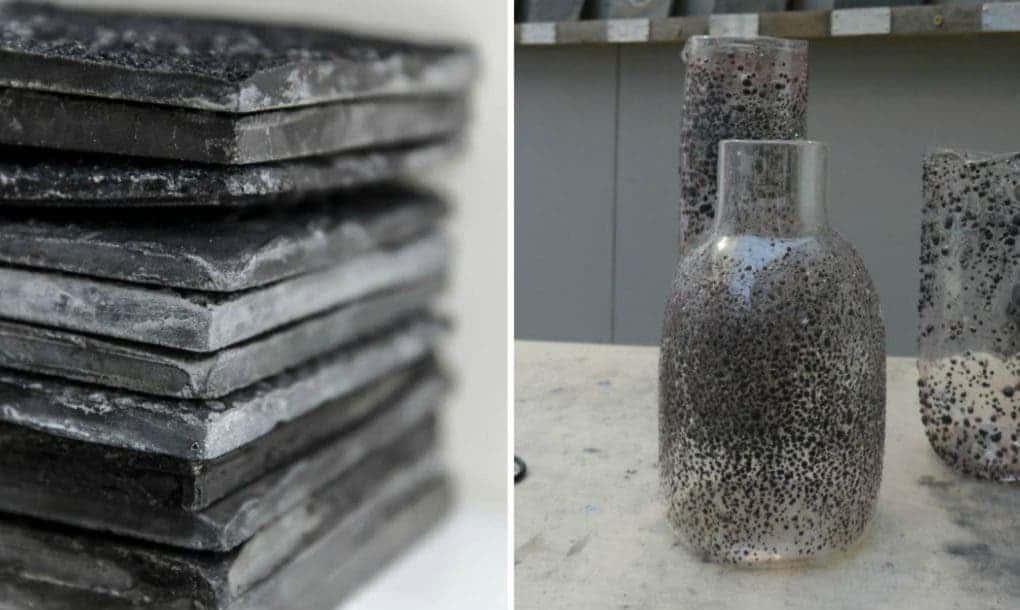Dutch designer Inge Sluijs has found a creative solution that might partly solve our waste problems, all while providing us with a sustainable material. How so? Well, Sluijs has basically blasted waste collected from landfills with plasma hotter than the surface of the sun. What you end up with is a hard, rock-like material that can be used to fashion all sorts of eco-friendly goods. Plasma, waste removal, and sustainable materials all at the same time? Now that’s something that ZME Science loves!

Where humans go, trash is never far behind — not even in space. Even remote, supposedly pristine locations, where humans haven’t set foot in decades, haven’t been spared. To find the epitome of modern-day consumerism and unlawful waste, one doesn’t need to roam too far. That’s landfills. These enormous stockpiles of human-sourced waste that we force-feed into the soil grow larger and larger by the moment. In some places, like close to coastlines, landfills can be likened to ticking time bombs waiting to unleash a fury of pollution onto marine life.

Coastline landfills are precisely where Sluijs decided to start sourcing material for her plasma rock. In a fully mechanized and automated plant, landfill waste is transported across a conveyer belt to a gasifier where all junk is heated at 800 degrees Celsius, turning everything into gas. Next in the loop is the pacifier where the gas is superheated to 1,500 degrees Celsius and blasted with plasma –– ionized gas that can generate a magnetic field and, also, the stuff lightnings are made of. The plasma torch itself can reach temperatures in excess of 5,500 degrees Celsius, or hotter than the sun’s corona.

The intense heat breaks down the gasified waste into atomic elements. At the end of the gasification process, you end up with a slag that Sluijs called the plasma rock. Once it cools, the slag is fully vitrified, taking on a rock-like appearance and sharp edges. Its chemical composition depends on the type of waste used but mainly, the rock is made of silica, lime, and alumina, with a mix of elements and compounds like titanium, magnesium, sodium oxide, iron oxide, phosphate, and potassium.
Tests run so far always render syngas (a potential fuel), heat (which can be recirculated to increase efficiency) and the plasma rock — that’s regardless of the waste material be it leftover food, plastic or baby diapers. About 100 kg of landfill waste will result in 20 kg of plasma rock.
“While the coastal historic landfill waste was toxic the Plasma Rock is virtually un-bleachable that means that any hazardous materials are inert and will not dissolve out of the material,” Sluijs wrote on her website.
“The quality of this nearly undiscovered material is that it is mechanically strong, very dense and environmentally stable.”
To demonstrate the practicality of this durable, non-toxic material, Sluijs and collaborators have made all sorts of useful goods out of the plasma rock. For instance, waste from the East Tilbury landfill located in Essex, England, was turned into decorated Tilbury Tiles which currently sell as souvenirs around town.

She’s also made glass vases decorated with plasma rock specks, showing landfill waste can have a second life in your living room.



